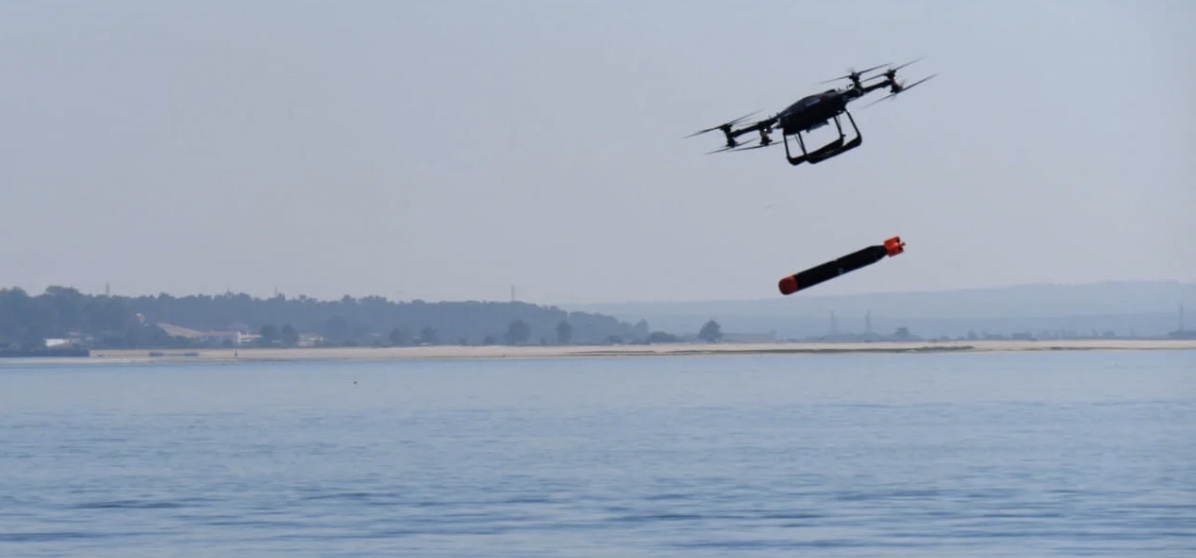In Portugal – Troia Island – two NATO exercises focused on the integration of new maritime technologies into operations and the ability of autonomous underwater vehicles to operate together.
The exercise Dynamic Messenger 23, which began on September 18 and ended today, focused on the integration of unmanned maritime systems into naval operations. The operation involved more than 2.000 civilians and military personnel both on land and on board ships and involved fourteen Alliance countries. The exercise was conducted jointly byAllied Command Transformation of NATO in the United States and fromAllied Maritime Command of NATO in Northwood, UK.
Many industries in the sector have carried out demonstration tests trying to propose absolute innovations in the field of integration of maritime technology and autonomous vehicles.
BAE Systems and Malloy Aeronautics have demonstrated the capabilities of the heavy-lift unmanned aerial system (UAS). T-600.
The T-600 is an electrically powered demonstration air vehicle capable of vertical take-off and landing, can carry a 200 kg payload and can travel up to 140 km/h. It also has a range of up to 80 km, depending on the load transported. It is the size of a small car and is designed to be easily disassembled for transport.
During the exercise the demonstrator successfully released an inert anti-submarine torpedo, the training variant of the Sting Ray torpedo, for the first time during a sea flight mission. The exercise known as REPMUS (Robotic Experimentation and Prototyping with Maritime Uncrewed Systems).
The T-600 demonstrator is designed to develop, validate and visualize technologies that can be applied to the T-650, an entirely new design of an all-electric heavy-lift UAS that will offer rapid reconfiguration capabilities applicable to military, commercial and humanitarian uses.
The T-650 will provide significant capabilities in the areas of automated logistics and refueling, casualty evacuation and anti-submarine warfare, while reducing the Armed Forces' environmental impact.
The T-650 program is being developed within BAE Systems' FalconWorks, a new advanced and agile aviation research and development center designed to deliver a range of cutting-edge combat air capabilities to the UK using the technology and his Allies.
The demonstration at REPMUS is the result of BAE Systems' aviation and maritime services engineering expertise working together to find firsts to combine emerging technologies, alongside Malloy Aeronautics, L3 Harris and General Dynamics UK, who were all partners in the demonstration .
L3Harris and General Dynamics UK both supported the demonstration as part of a multi-level partnership providing the GnatHD transport and release system and the distributed load management control system respectively. These technological advances have further unlocked the possibility of weapons integration onto heavy-lift UAS.
Subscribe to our newsletter!
